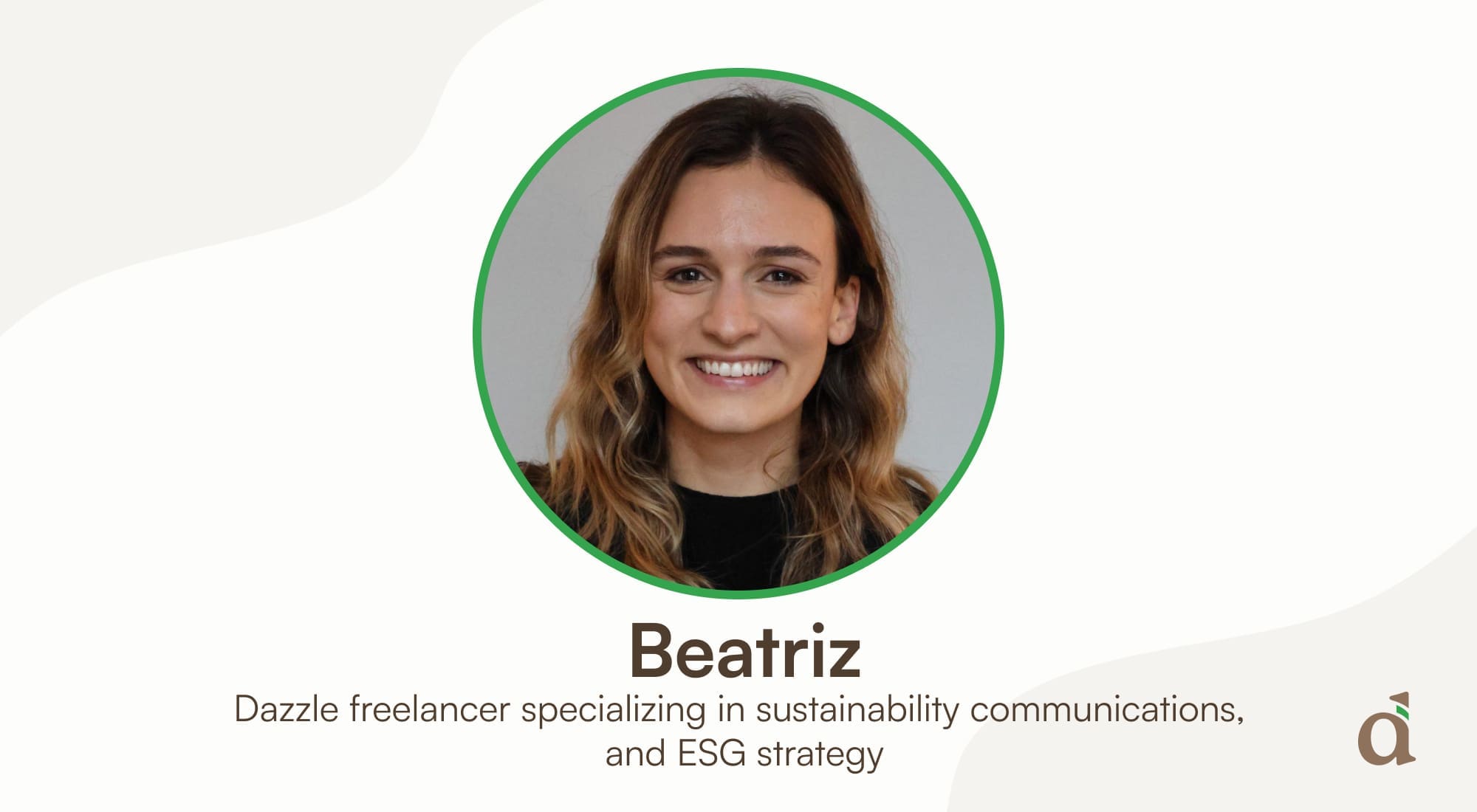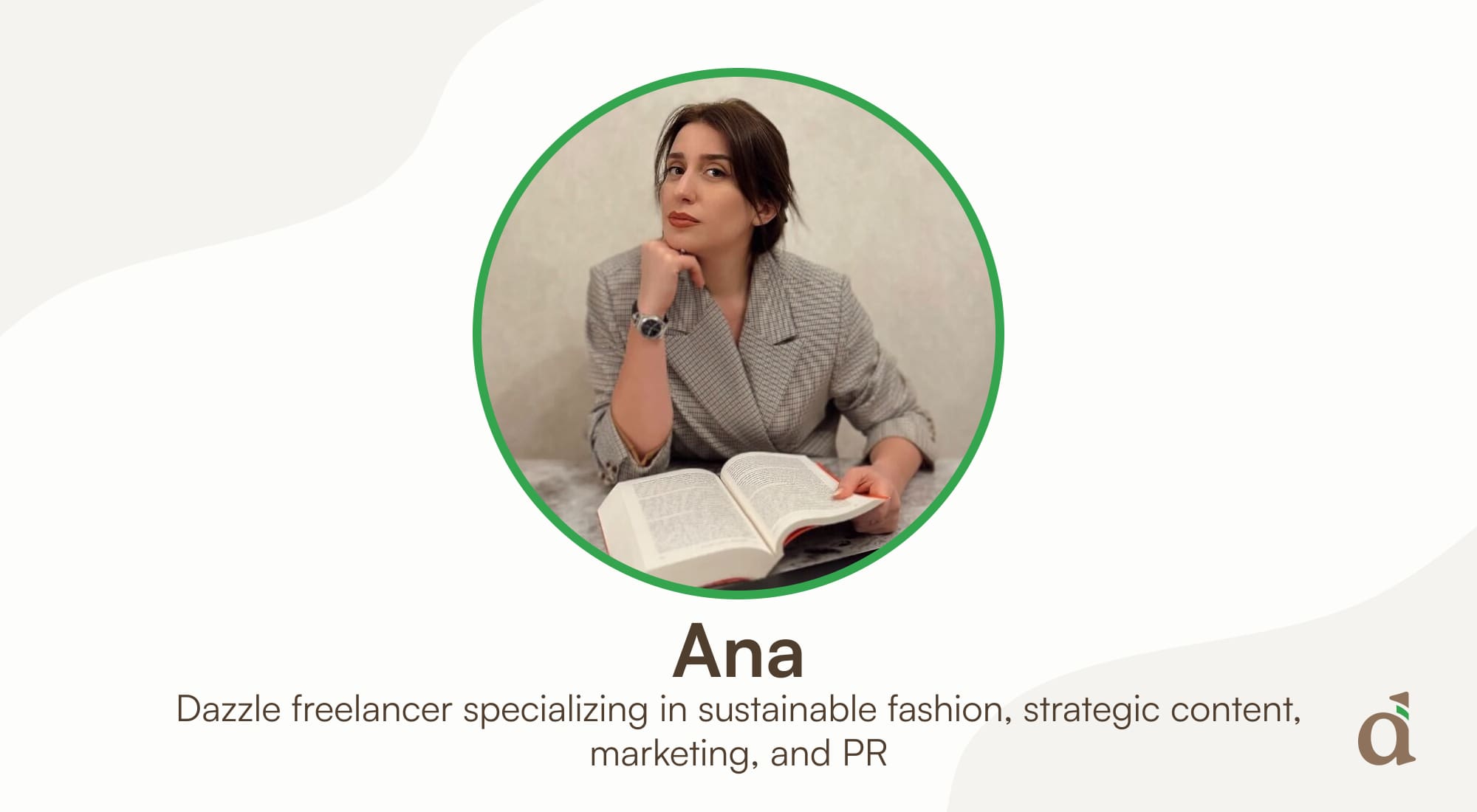Sustainability without sustainability communications is like a house with a beautiful view but no windows. Not pointless, but certainly not making the most out of its valuable assets!
If you’re doing good deeds, you should shout about them! That’s what we say. Effective sustainability communication — both internal and external — can ensure that your sustainability actions bring you the maximum possible benefit.
But you can only reap these benefits if people actually engage with your communication efforts. And this is where sustainability storytelling can really help.
In this article, we explore how to engage stakeholders with your sustainability journey by telling relatable stories that captivate and inspire.
But before we get to all that, we should probably explain; what exactly do we mean by ‘sustainability storytelling’?
(Don’t worry, you don’t have to become a best-selling author or anything!).
What is sustainability storytelling?
When it comes to communicating your sustainability journey, you will likely have a list of facts and achievements you would like to share. But if you simply communicate these facts and achievements as they are, believe us, in most cases, the impact will be minimal.
That’s because facts alone do not really foster an emotional connection with audiences. They are cold and unrelatable.
Sustainability storytelling then, is the practice of weaving these facts and achievements into warm, relatable, human stories. Stories that focus on values, purpose, and the real-world impact of your sustainability efforts. Let’s say for example that a circular fashion company wants to communicate the environmental benefits of its clothes. It has gathered all the relevant metrics, and so could choose to share a message something like this:
“Each recycled coat we produce saves approximately 2.5 kilograms of fabric waste from ending up in landfills. And reduces CO2 emissions by 40% compared to conventional manufacturing processes, contributing to a more sustainable future.”
Those are certainly some impressive numbers. But what about the message below instead?:
“When Sarah bought one of our recycled coats, she didn’t just buy a stylish piece — she became part of a movement. That coat started as discarded fabrics, was reimagined through sustainable design, and now, thanks to Sarah’s choice, it’s part of a future where waste becomes beauty.”
Which of these two messages do you think will invoke stronger emotions in people? We’re willing to bet our favorite recycled coat it’s the second one!
And that is the main power of sustainability storytelling; creating an emotional connection.

The importance of creating an emotional connection in sustainability communications
You might be wondering why it’s so important to create an emotional connection at all. People can see the facts and the facts are significant, isn’t that enough?
If only human beings were that simple, but as we all know, we are not. We are deeply emotional beings, and while data and metrics can explain the urgency of environmental issues for example, they rarely motivate us to act on a personal level.
Instead, it is usually by tapping into our emotional nature that action is inspired.
If you can tell a story that resonates with people emotionally, you can make your sustainability journey personally relevant for them. Undoubtedly, achieving this will increase the likelihood of meaningful engagement.
Sounds good doesn’t it? But how can you make it happen?
How to craft an engaging sustainability story
Follow the storytelling tips below, then sit back and watch the engagement flow. (Okay we realize this isn’t an article about ‘Sustainability Poetry’. To confirm, effective sustainability storytelling in no way requires the words to rhyme!)
Understand your audience

Understanding your audience could probably be considered the foundation of effective storytelling. Particularly when it comes to sustainability.
We can probably all relate to the idea that sustainability can often feel abstract or overwhelming. And relatable stories can help to break through these barriers.
But to make stories truly relatable, you need to understand your audience’s values, interests, challenges, and sustainability priorities. Once you understand what matters most to your audience, you can tailor your messages to ensure they resonate.
How to do this? Here are a couple of things to consider:
Create audience personas
By organizing your intended audiences into key segments, and then creating detailed audience personas for each, you can gain insights into what motivates each segment. (These audience personas are fictional representations of the typical person that makes up each segment).
A persona should include information about demographics, and the values, interests, challenges, and sustainability priorities we mentioned above.
From here, you can start to craft messages that speak directly to each intended audience.
(As well as the content, the language, tone, and visuals you choose should also align with the cultural norms and preferences of each audience).
B2C vs B2B vs internal communications
It’s also important to understand the difference between B2C, B2B, and internal audiences.
Generally, when communicating with B2C audiences, stories that focus on the personal benefits of sustainability — such as healthier products or community impact — are likely to be more effective.
Whereas for B2B audiences, it is probably a better idea to focus more on stories about operational efficiency, regulatory compliance, or shared values in partnerships.
For internal sustainability communication, stories should align sustainability with employee’s daily roles, and inspire them to contribute to the company’s sustainability mission.
Ways to make your sustainability stories compelling

At this stage, you should know your audience so well you can tell what they’re thinking before they think it! Okay maybe not that well, but you should have a pretty accurate understanding of their values and motivations.
So now, you can start putting together a fitting story. No matter what particular story you’re telling, here are some tips you can use to make it compelling. (We just can’t help ourselves with the poetry today)
Define your core message
Start by asking the question — what do you want your audience to take away from the story?
Maybe you want them to know that you’re contributing to an environmental cause they care about for example. Or that your products divert waste from the landfill.
Whatever it is, your answer to this question should form the core message of your story. Having a clear message like this is important to keep your story focused and impactful.
Use a defined structure
Another way to keep your story focused is to include a clear beginning, middle, and end.
You can start by introducing a challenge or obstacle that’s relatable to your audience. Plastic waste for example, is polluting rivers, damaging ecosystems, and compromising the livelihoods of local fishermen.
Then for the middle stage, highlight the solutions or actions you are taking to address the challenge. This could be a partnership with local organizations to collect discarded plastics and transform them into recycled fishing rods.
And finally, the end should focus on the positive outcomes of your actions. Plastic has been removed, ecosystems have recovered, and local fishermen have their livelihoods back. (With some extra sustainable fishing rods as an added bonus).
Human-centric narratives
As much as we all wish we could talk to animals, you must always remember that you are telling your story to human beings! So to make it compelling for human ears, try to focus on the people or communities who are directly impacted by the issue or the solution.
When talking about a renewable energy project for example — as well as the obvious environmental benefits — you could focus on how local communities are benefitting from the clean, affordable energy.
Or another way to add a human element to your story is to choose a relatable protagonist who embodies the values of your sustainability efforts. Maybe an employee, customer, or community member. Make them the center of your story, and people with similar values will instantly relate.
Incorporate visuals
When we think about stories, many of us automatically imagine written content. But no matter how good the words are, visuals can always help to make the narrative even more compelling.
Have you ever seen before-and-after photographs of an environmental restoration project for example? (Need we say anymore here!?)
As well as breathing extra life into your sustainability stories, infographics, videos, and powerful images can also help to make complex information more digestible.
And the easier your story is to digest, the faster it can compel.
Balance emotion with data
We have already discussed the need to strike an emotional connection with your audience. But it is also crucial that you balance emotion with facts.
Sustainability stories should evoke empathy but also be grounded in data and logic. This combination will ensure that your message resonates while also remaining credible.
Always be authentic
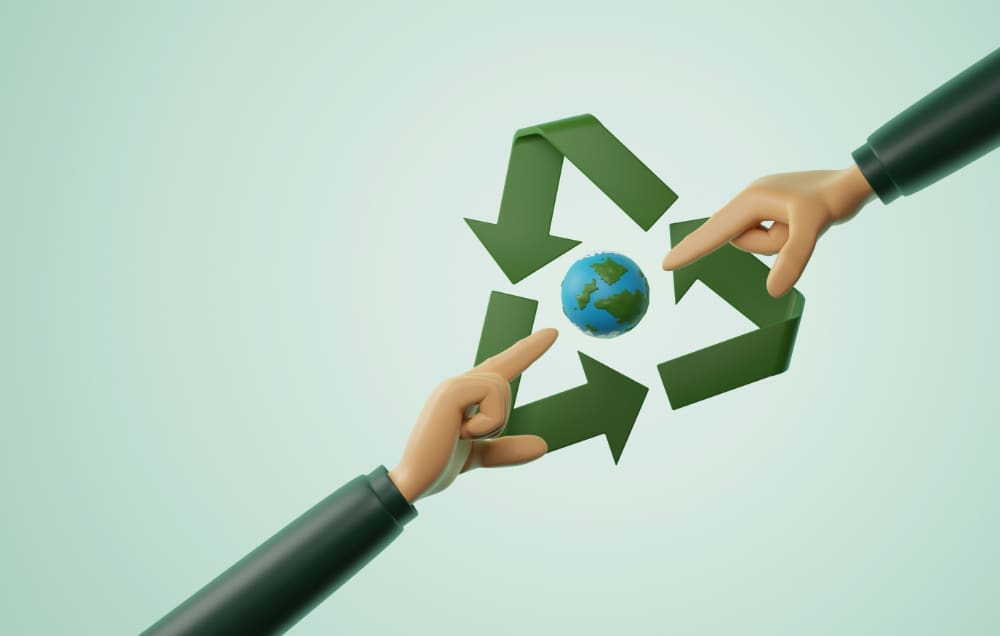
While we’re on the topic of credible, we cannot stress enough how important it is to always remain honest and authentic. Never make untruthful, misleading, or exaggerated claims. This will help you avoid greenwashing and all the risks that go with it.
But even beyond this, we would also encourage you to be transparent about your sustainability challenges and setbacks. In a world where consumers, employees, and investors are increasingly skeptical of sustainability claims, incorporating this kind of honesty into your stories can go a long way to building trust.
And nobody will pay attention for long to a story they do not trust.
Choose the right format and channels

You have just thought up the best story the world will ever know. Does that mean the process is finished? — Absolutely not. Now you need to make sure people see the story in the most effective way, and that means choosing the right format and channels.
Different formats resonate with different audiences. Some prefer written content like blogs, newsletters, reports etc. And others respond much better to visuals like infographics, videos, animations, and photography. Interactive content like webinars or podcasts is also an option. This enables real-time engagement with your audience, offering the opportunity for direct feedback and deeper conversation. Or maybe even events and live demonstrations could be a powerful way to share your story.
You’ve already done the homework on your audience, and the insights you gained from that should give you a good idea as to which formats will work best. As well as the communication channels you can reach your audience through, whether that be social media, digital advertising, television etc.
In most cases, using a combination of formats and channels will be necessary to ensure your story reaches all the intended eyes and ears.
Measure your impact
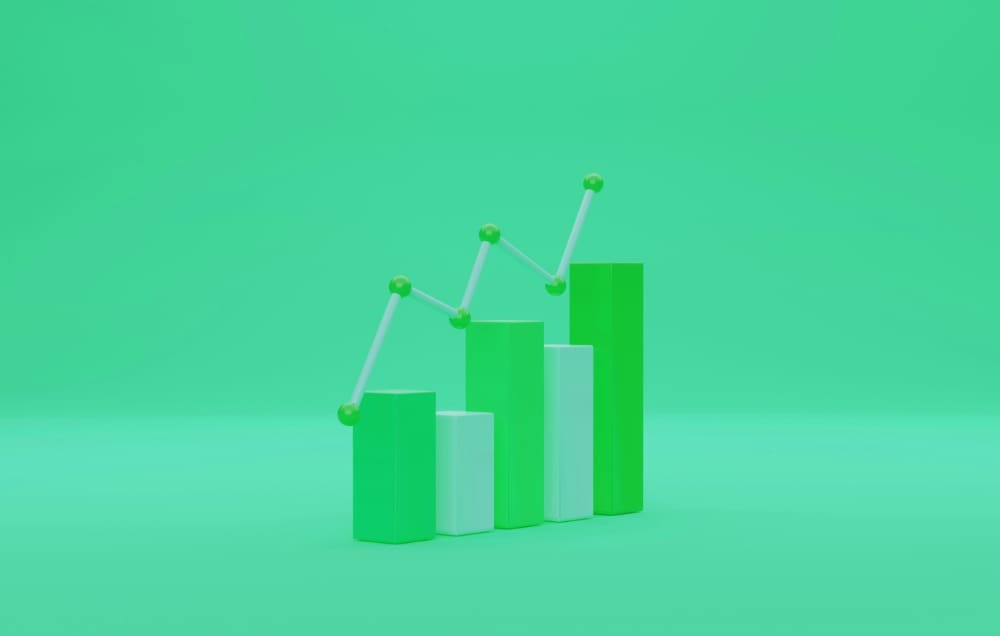
Once you’ve put your sustainability story out there, you’ll probably want to know whether it is resonating with your audience and driving the desired actions.
You can assess this by tracking metrics such as engagement rates, social media shares, and other relevant feedback.
By measuring relevant impacts over time, you can optimize your sustainability messages moving forward.
Meaning the sustainability stories you tell tomorrow will be even better.
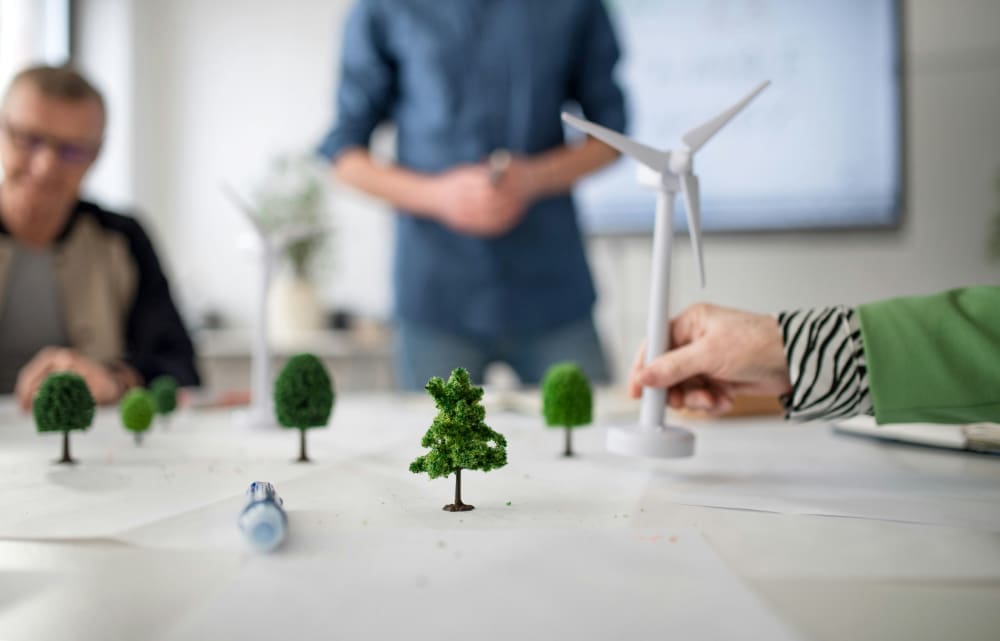
Perfect your sustainability storytelling with Dazzle
Speaking of better sustainability stories, with Dazzle you can gain access to a whole team of sustainability communications experts who can help you craft the perfect message!
Dazzle is a platform that offers the world’s best sustainability freelancers on demand. And this includes several top-quality sustainability communications consultants.
With Dazzle, a proven track record is guaranteed because all of our freelancers are extensively pre-screened. While you can choose to work with our communication experts on a project-based, on-demand, or interim basis. So the process is very flexible.
If you contact us today, within hours we can send you multiple expert profiles, so you can find the ideal match for your needs.
We know our experts would love to help you craft a sustainability story that engages your audience, and drives action.
(Feel free to check out our ultimate sustainability communications guide to find out everything you need to know!)

